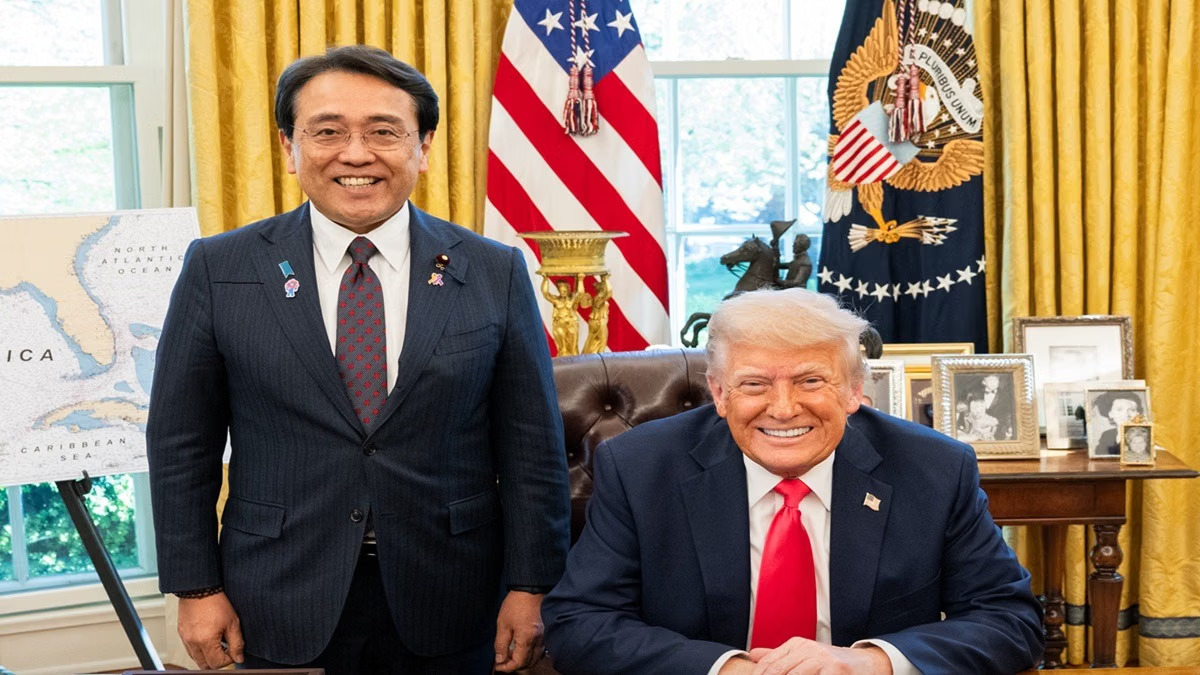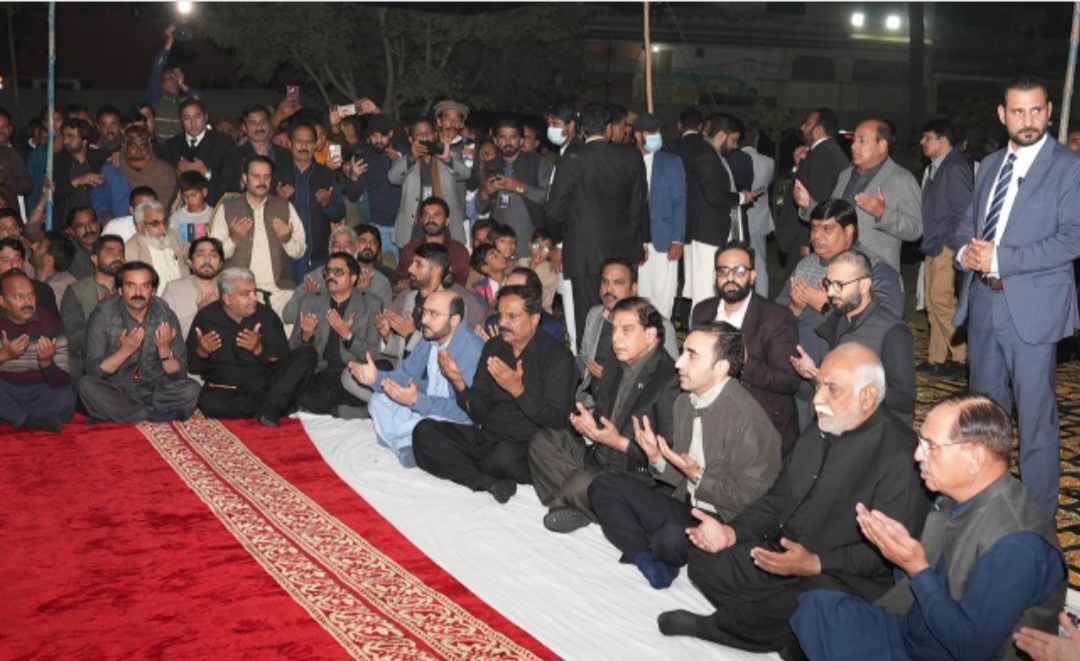President Trump Signs Executive Order to Implement U.S.–Japan Trade Agreement
The agreement, first announced on July 22, 2025, establishes a new tariff system aimed at leveling the playing field for American producers.

Washington, D.C. — President Donald J. Trump has signed an executive order putting into effect the United States–Japan Agreement, a landmark trade framework designed to reset economic relations between the two allies and strengthen America’s industrial and national security base.
The agreement, first announced on July 22, 2025, establishes a new tariff system aimed at leveling the playing field for American producers. Under the framework, most Japanese imports will now face a baseline tariff of 15 percent, with separate treatment for key sectors such as automobiles, aerospace, pharmaceuticals, and natural resources not available in the U.S. The measure, the White House says, will help reduce the U.S. trade deficit, bolster domestic manufacturing, and support the defense industrial base.
In return, Japan has committed to sweeping market access concessions for American exporters. These include a 75 percent increase in U.S. rice imports under Tokyo’s Minimum Access scheme, along with major purchases of corn, soybeans, fertilizer, bioethanol, and other agricultural products worth $8 billion annually. Japan has also agreed to recognize U.S.-certified passenger vehicles without requiring additional testing, and to purchase American-made commercial aircraft and defense equipment.
Perhaps the most striking provision is Japan’s pledge to invest $550 billion directly into the United States. According to the executive order, these investments — to be directed by the U.S. government — are expected to generate hundreds of thousands of jobs, expand manufacturing capacity, and ensure long-term economic growth.
The order also adjusts tariffs on Japanese automobiles and parts, aligning them with the 15 percent baseline, and exempts certain categories such as generic pharmaceuticals and scarce natural resources from reciprocal duties. Aerospace products covered under the WTO’s Civil Aircraft Agreement will see previous tariffs lifted.
President Trump framed the deal as a decisive move to protect U.S. interests. “This agreement reduces our trade deficit, secures our manufacturing base, and restores fairness in our economic relationship with Japan,” the order stated.
The administration emphasized that the deal comes in response to longstanding national security concerns linked to persistent trade deficits. Should Japan fail to meet its commitments, the order authorizes Washington to reimpose or adjust tariffs as needed.
The United States has described the pact as the most significant bilateral economic agreement in its history with Japan, marking what officials call a “new era” of reciprocal trade relations between the two nations.



No comments yet.